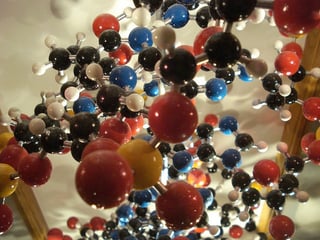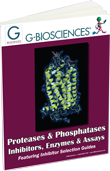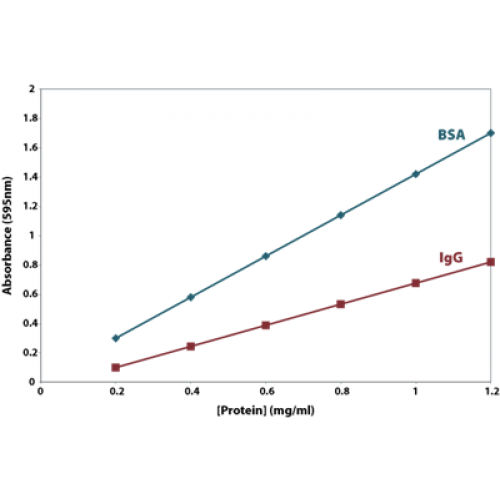 The serine protease trypsin (Tn) is commonly used in most proteomics experiments to digest proteins into peptides which can be analyzed by matrix-assisted laser desorption ionization mass spectrometry (MALDI-MS) or liquid chromatography-tandem mass spectrometry (LC-MS/MS).
The serine protease trypsin (Tn) is commonly used in most proteomics experiments to digest proteins into peptides which can be analyzed by matrix-assisted laser desorption ionization mass spectrometry (MALDI-MS) or liquid chromatography-tandem mass spectrometry (LC-MS/MS).
Trypsin is very much suited for this purpose since it has exceptional cleavage specificity. It cleaves proteins into peptides with an average size of 700 to 1500 Daltons (the ideal range for MS) and only hydrolyzes the peptide bonds on the carboxyl terminal side of arginine and lysine amino acid residues, except when either is followed by proline. As such, there is little or no cleavage at arginylproline and lysyl-proline bonds.
In addition, trypsin is considered the protease of choice in mass spectrometry-based proteomics since it has a high proteolytic activity, and is very aggressive and stable under a wide variety of conditions. As a result, it produces high mass y-ion series and makes tandem mass spectra more easily interpretable.
Understanding Trypsin: Some Basic Facts
Trypsin is a serine protease produced in the pancreas as the inactive pro-enzyme trypsinogen (Tg). When the pancreas is stimulated by cholecystokinin, trypsin is then secreted into the first part of the small intestine (duodenum) through the pancreatic duct. The enzyme enteropeptidase, a highly selective serine protease, then activates trypsinogen into trypsin via proteolytic cleavage.
Trypsin from bovine and procine sources has a molecular weight of 23.3 kDa and has an optimal pH between 7.5 and 8.5. Trypsin should be stored between −20°C and −80°C to prevent autolysis. Autolysis can also be prevented by storing trypsin at pH 3 or by using trypsin modified by reductive methylation. Activity returns when the pH is adjusted back to pH 8.
In the lab, trypsin is used in the development of cell and tissue culture protocols and in protein identification through peptide sequencing techniques. It is also used to dissociate dissected cells prior to cell fixing and sorting, to dissolve blood clots in its microbial form and treat inflammation in its pancreatic form.
Overcoming the Limitations of Native Trypsin
Despite the apparent advantages of using trypsin for peptide generation, it still has several shortcomings. Some of these limitations are as follows:
- Native trypsin is prone to autolysis.
- Digestion is rarely complete due to lysine cleavage inefficiency and the presence of tightly folded proteins which are resistant to trypsin.
Trypsin autolysis. As mentioned earlier, native trypsin is prone to autolysis. When this happens, it is converted to pseudotrypsin which exhibits a broader proteolytic specificity (a chymotrypsin-like activity). This action also produces trypsin fragments that interfere with sequence analysis.
To prevent this from happening, trypsin is chemically methylated to produce an enzymatically active protein that exhibits maximum specificity and extreme resistance to autolysis. In addition, the modified trypsin can also be treated with tosyl phenylalanyl chloromethyl ketone (TPCK), a protease inhibitor which inhibits interfering chymotrypsin activity. Chymotrysin contaminates trypsin and compromises trypsin cleavage specificity. The resulting protein should also be affinity purified and lyophilized to produce mass spectrometry grade trypsin.
Incomplete digestion. Typically, trypsin leaves behind 10% to 30% undigested sites, majority of which occurs at lysine sites. To address this inefficiency, try supplementing with Lysine-C to enhance trypsin performance without affecting the structure of the digestion products. For fragmentation, the enzyme is added to the sample protein in a ratio of 1:100 to 1:20 (enzyme to protein, by weight) in a standard digestion buffer.
Protein folding may also cause incomplete digestion since it may prevent access of trypsin to some potential cleavage sites. This is a common problem with hydrophobic proteins. To improve digestion, use an MS-compatible surfactant to relax protein structure.
Image source: allispossible.org.uk








